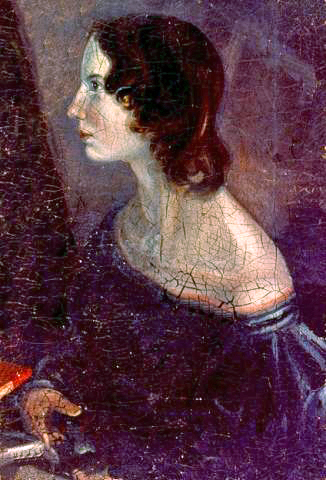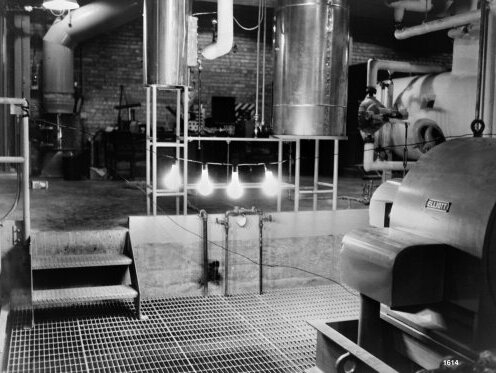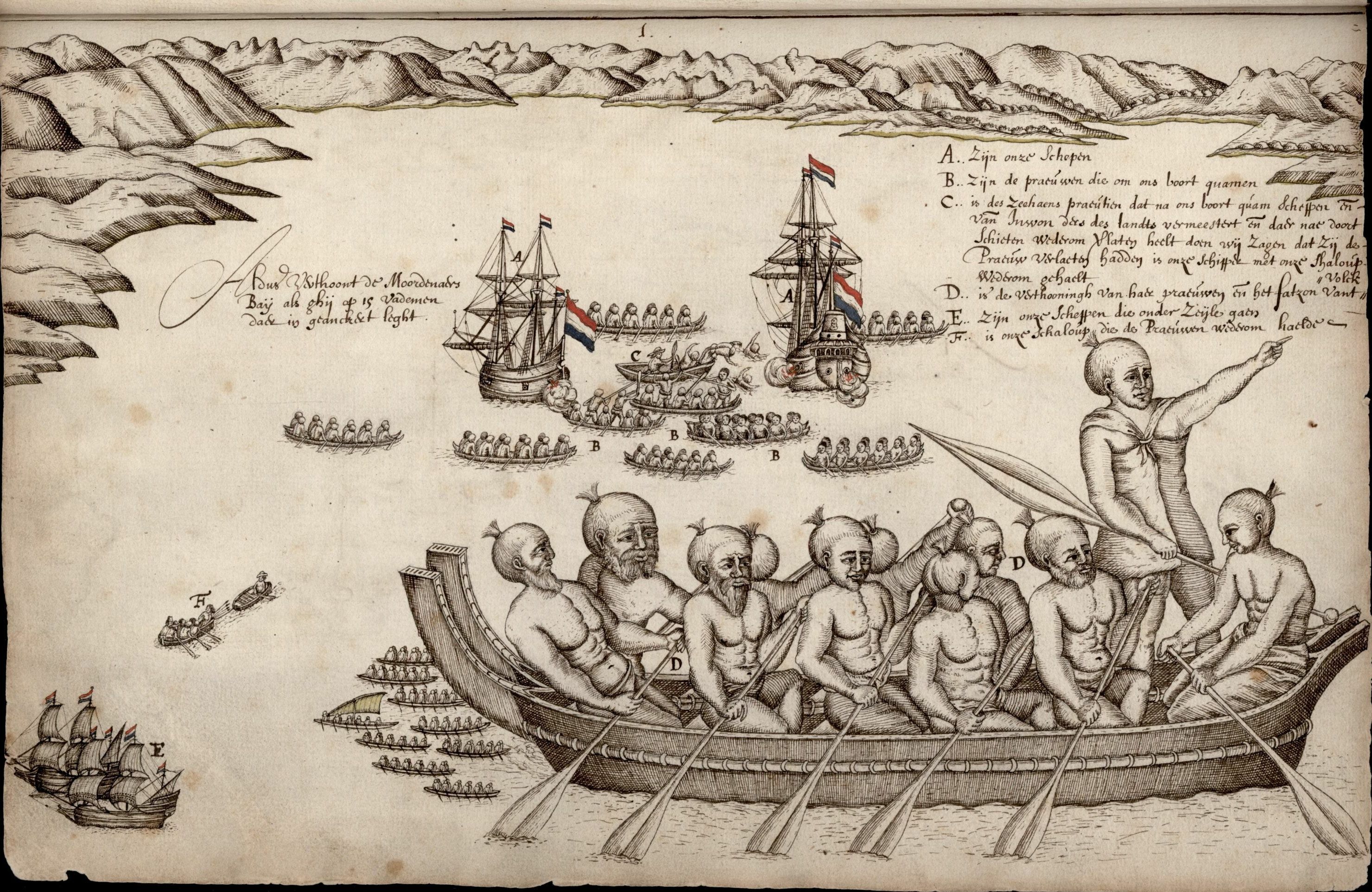
Born on 30th July 1818 at the Parsonage in Thornton, near Bradford, Yorkshire, Emily Jane Brontë was the fifth of six children of Revd. Patrick Brontë and his wife Maria. Nearly two years after her birth, Emily's family moved to the small industrial town of Haworth where her father had accepted the post of curate, which offered greater financial security. Unfortunately, a year and a half after the family relocated, Maria died.
Their mother's older sister Elizabeth Branwell stayed on with the family after nursing Maria during the last months of her life. While the older Brontë girls clashed with their aunt when she extolled the virtues of fastidiousness and self-discipline, Emily did not. As well as learning domestic skills the girls also received instruction in more academic subjects along with their brother Branwell.
The four oldest girls were sent to the Clergy Daughters' School at Cowan Bridge, a newly founded institution that provided a formal education to the daughters of less wealthy Anglican clergymen. The poor conditions at Cowan Bridge resulted in a number of pupils contracting illnesses, including Emily's oldest two sisters, Maria and Elizabeth, both of whom contracted tuberculosis, wcich caused their deaths in 1825. Revd. Brontë brought Emily and her sister Charlotte home where he and Miss Branwell continued to educate them.
The four remaining siblings became a close-knit group, developing imaginary worlds that they began writing about. The four were separated when Charlotte attended Roe Head school in Mirfield. She later returned as a teacher there accompanied by Emily who went there as a pupil. After only three months Emily became so ill that she had to return home to be replaced at Roe Head by her sister Anne.
Divided from her sister Anne, with whom she was closest, Emily became more self-reliant and remained apart from the rest of her family. Much of her time was spent secretly writing poetry until she took the position of teacher at Law Hill girl's school near Halifax in 1838. She remained there for six months before another illness required that she return to Haworth.
Charlotte had the idea of setting up a school and persuaded their aunt to pay for her and Emily to attend a school in Brussels. Emily struggled through nine months of being the oldest pupil in a school where lessons were taught in French - a language she was not well versed in - before her father summoned her and Charlotte home because of the death of their aunt.
In 1845, Charlotte discovered one of Emily's poetry books, much to the annoyance of the younger sister. In spite of Emily's anger, the other Brontë children persuaded her to allow them to select poems to be submitted for publication along with other poems written by her sisters. A year later two girls published the collection called
Poems pseudonyms of Currer, Ellis, and Acton Bell (Charlotte, Emily and Anne respectively).
Two years later, Emily, again under the name Ellis Bell, published the work for which she became famous:
Wuthering Heights. This epic tale of the Earnshaws of Wuthering Heights and the Lintons of Thrushcross Grange confounded the critics of the day because of its innovative style. The publishers demanded that Emily contribute towards the publishing costs, even though they were using the Bell name to cash in on the success of
Jane Eyre, written by Charlotte under the name Currer Bell.
The following year, Emily's brother Branwell died of tuberculosis - the symptoms of which had been masked by his alcoholism. At his funeral Emily contracted a cold that resulted in her own death on 18th December 1848. Following her death, Charlotte edited the two part
Wuthering Heights into a single volume that was published under her real name.
The Project Gutenberg site hosts
Poems and
Wuthering Heights as well as
other works by the Brontës.
Related postsShakespeare died: 23rd April 1616First appearance of Sweeney Todd: 21st November 1846Publication of The Charge of the Light Brigade by Tennyson: 9th December 1854
 In February, 1873 King Amadeo I abdicated from the Spanish throne. Three years earlier, following the revolution against Queen Isabella II, the Spanish parliament, the Cortes Generales, had elected Amadeo, an Italian prince, as King to reign as a constitutional monarch. Political infighting within the Cortes hampered his ability to respond to successive disasters: uprisings in support of the restoration of the Bourbon dynasty, known as Carlists; republican revolts; and even assassination attempts. Amadeo finally gave up and returned to Italy as the Duke of Aosta, after the increasingly radical government forced him to sign a decree to sack a group of artillery officers who had refused to take orders from their new commander.
In February, 1873 King Amadeo I abdicated from the Spanish throne. Three years earlier, following the revolution against Queen Isabella II, the Spanish parliament, the Cortes Generales, had elected Amadeo, an Italian prince, as King to reign as a constitutional monarch. Political infighting within the Cortes hampered his ability to respond to successive disasters: uprisings in support of the restoration of the Bourbon dynasty, known as Carlists; republican revolts; and even assassination attempts. Amadeo finally gave up and returned to Italy as the Duke of Aosta, after the increasingly radical government forced him to sign a decree to sack a group of artillery officers who had refused to take orders from their new commander.





















